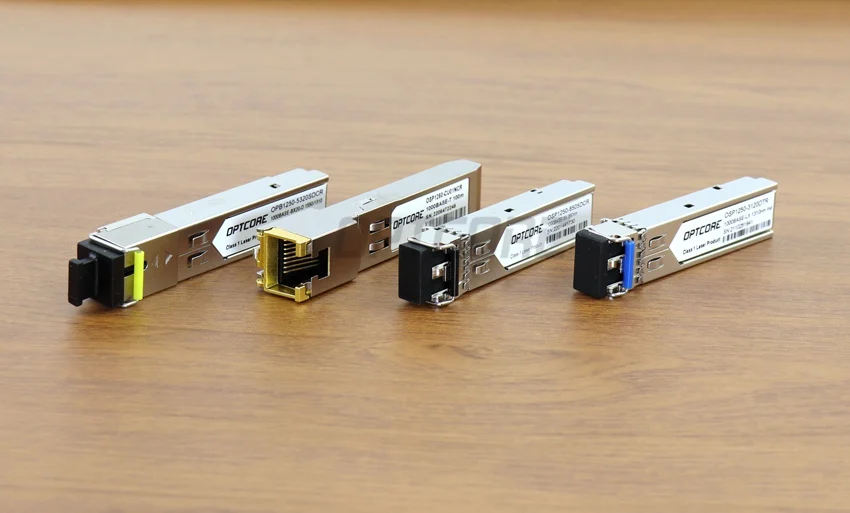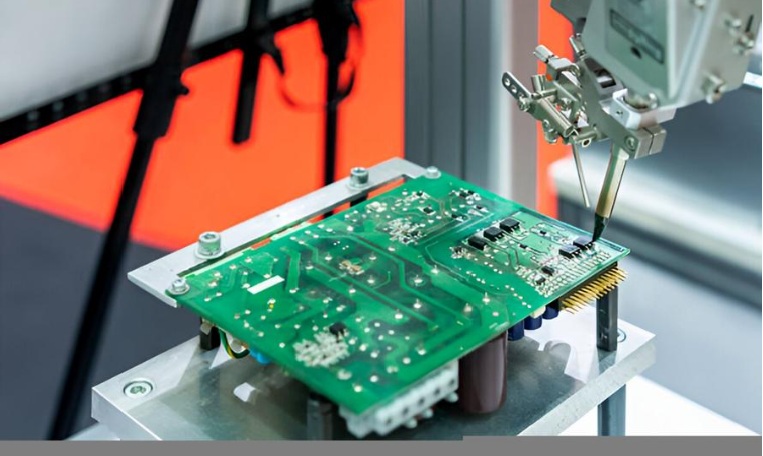Understanding the Basics of Transceivers, SFP, SFP+, QSFP28, and Network Switches
Introduction:
In the world of networking, efficient and reliable data transmission is paramount. To achieve high-speed and seamless connectivity, various technologies and components are employed. Among these are transceivers, SFP, SFP+, QSFP28, and network switches. This article will delve into the basics of these components, exploring their functionalities and significance in modern network infrastructures.
Transceivers: The Backbone of Networking:
Transceivers play a vital role in modern networking by enabling bidirectional communication between devices over a network. These compact devices combine both transmitting and receiving functionalities in a single module. Transceivers are commonly used in fiber-optic and copper-based networks, allowing data to be transmitted and received through different media types. By seamlessly converting electrical signals into optical signals and vice versa, transceivers facilitate efficient data transfer across long distances.
Small Form-Factor Pluggable (SFP) Transceivers:
SFP transceivers, also known as mini-GBIC (Gigabit Interface Converter), have revolutionized network connectivity. They are hot-pluggable, compact modules that can be easily inserted or removed from networking devices, such as switches, routers, and network interface cards (NICs). SFP transceivers support various network standards and data rates, including Gigabit Ethernet and Fibre Channels. They provide the flexibility to connect different types of fiber-optic cables, making them an ideal choice for network administrators seeking versatility and scalability.
Enhanced Performance with SFP+:
SFP+ (Enhanced Small Form-Factor Pluggable) is an evolution of the SFP transceiver technology. Designed for higher data rates, SFP+ modules primarily target 10 Gigabit Ethernet applications. SFP+ transceivers provide a more efficient and cost-effective solution for data centers and enterprise networks requiring enhanced performance. They maintain the same compact form factor as SFP while delivering higher bandwidth and supporting both fiber-optic and copper cables.
High-Speed Connectivity with QSFP28:
With the rapid growth of cloud computing, virtualization, and data-intensive applications, network infrastructures require higher speeds and increased bandwidth. This is where QSFP28 (Quad Small Form-Factor Pluggable 28) transceivers shine. QSFP28 modules are designed to support data rates up to 100 Gigabits per second (Gbps) and are backward compatible with lower data rate QSFP variants. By leveraging parallel optics technology, QSFP28 transceivers provide high-density and high-speed connectivity, making them an essential component in modern data centers and high-performance computing environments.
Network Switches: The Central Hub of Connectivity:
While transceivers enable data transmission between devices, network switches serve as the central hub that interconnects various devices within a network. Network switches receive data packets from one device and forward them to the appropriate destination. They are equipped with multiple ports that can accommodate transceivers, enabling seamless communication among different network devices. Switches vary in capacity, scalability, and functionality, catering to a wide range of network requirements, from small office setups to large-scale enterprise networks.
Conclusion:
In the ever-evolving landscape of networking, transceivers, including SFP, SFP+, and QSFP28, play a pivotal role in ensuring efficient and high-speed data transmission across networks. Their compatibility, compact form factors, and support for various data rates make them versatile options for network administrators. Coupled with network switches, these components form the backbone of modern network infrastructures, enabling seamless connectivity and facilitating the smooth operation of data-intensive applications.




![[Pii_Email_8dd6bcefcecdc6a73ef7] Error](https://trendy2news.com/wp-content/uploads/2021/09/Remove-the-Pii_Email_8dd6bcefcecdc6a73ef7-Error-768x401.jpg)


